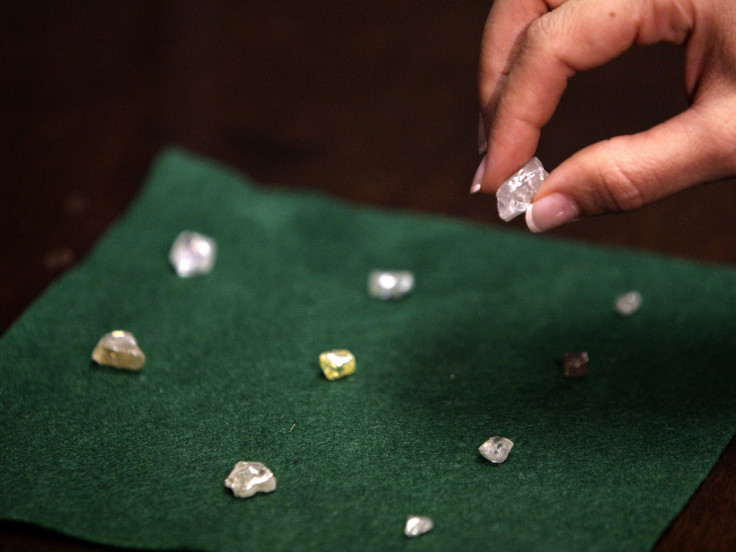Rare Deep Diamond With Perovskite Shows Ocean Crust Recycles Into Earth’s Mantle

Diamonds may or may not be a girl’s best friend, but they sure are dear to scientists for what they reveal about the interior of Earth. And the find of a rare diamond that formed deep below the surface has revealed geological activity that links ocean crust to our planet’s mantle.
The diamond, found in the famed Cullinan Mine in South Africa, is unusual in that it contains perovskite, the fourth-most abundant mineral on Earth. And that is because perovskite (calcium silicate, CaSiO3) is not found on the surface at all, and occurs at depths of 700 kilometers (435 miles), in Earth’s deep mantle.
“Nobody has ever managed to keep this mineral stable at the Earth’s surface. The only possible way of preserving this mineral at the Earth’s surface is when it’s trapped in an unyielding container like a diamond. Based on our findings, there could be as much as zettatons [one zetaton is 1,024 kilograms] of this perovskite in deep Earth,” Graham Pearson from the University of Alberta, Canada, who coauthored a paper on the matter, said in a statement Wednesday.
Cullinan Mine is known as the source of some of the world’s largest diamonds. The perovskite diamond was found less than a kilometer below Earth’s surface. Usually, diamonds form due to the effect of heat and pressure at depths of 150-200 kilometers, but diamonds formed at much lower depths are occasionally found, providing invaluable clues into our planet’s interior.
“Diamonds are really unique ways of seeing what’s in the Earth. And the specific composition of the perovskite inclusion in this particular diamond very clearly indicates the recycling of oceanic crust into Earth’s lower mantle. It provides fundamental proof of what happens to the fate of oceanic plates as they descend into the depths of the Earth,” Pearson said in the statement.

Earth’s crust and the upper part of the mantle together form the lithosphere, whose thickness ranges up to 60 kilometers below the surface, but can extend up to 200 kilometers underground, which is where most diamonds form. The mantle extends from about 35 kilometers below the surface for another 2,850 kilometers or so. In the 4.5 billion years that have passed since Earth first formed, the planet’s layers — crust, mantle and core — have all rotated and interchanged.
An earlier study, from December 2016, looked at fragments of some of the world’s largest precious stones (the flakes are produced when rough stones are cut and polished) and based on the minerals trapped in them, concluded that they formed at depths corresponding to the deep mantle.
In 2014, researchers including Pearson found a diamond containing ringwoodite, the planet’s fifth-most abundant mineral, which showed there is a large amount of water in the mantle, chemically bound to silicate rocks.
The paper on the perovskite diamond appeared online Wednesday in the journal Nature, under the title “CaSiO3 perovskite in diamond indicates the recycling of oceanic crust into the lower mantle.” Its lead author was Fabrizio Nestola from the University of Padova, Italy.
© Copyright IBTimes 2024. All rights reserved.





















